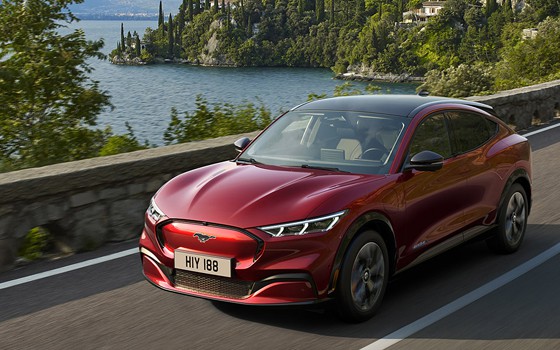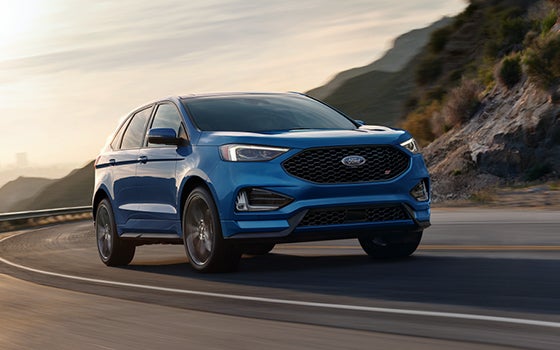Mustang Mach-E Cost of Ownership
Download my spreadsheet
If you want to see my numbers in detail or want to change the assumptions about mileage, cost of gas, etc., you can download my spreadsheet.
Does the Mach-E have a lower cost of ownership compared to an equivalent gas vehicle like the Ford Edge? Yes, but that depends on how you look at it. Coming up, I’ll break down the numbers and show you the results for my situation.
For me, the Mach-E is going to be most expensive new car I have bought. The tax credits help, but it will still turn out to be pretty darn expensive. Over the years, I have seen news articles that indicated that some of the expense of a new EV is offset by reduced maintenance costs and, of course, no gas. It wasn’t until I put in my Mach-E reservation that I more seriously looked into the numbers.
In July, Zachary Shahan, over at CleanTechnica did the first Cost of Ownership comparison I have seen for the Mach-E. He did some great analysis of the costs for a Mach-E, Escape, and Edge.
Of course, his analysis was for 5 years and was at either 10,000 or 15,000 miles drive per year. I decided to try to come up with my own cost of ownership. You can check out my numbers in detail with this spreadsheet.
I took his spreadsheet and tweaked it for some scenarios that might reflect my situation a bit more. I usually own my cars for about 10 years. I didn’t quite go for 10 years in my scenario, but I did do 7 years. I normally don’t finance for that long, but with the cost of the Mach-E, I decided to enter that for the loan term. I also drive quite a bit, so I increased the annual mileage to 17,000 miles. In addition, I dropped the Escape from my comparison. It just isn’t a vehicle I would choose.

Mustang Mach E

Ford Edge
In the end, I came up with what I thought were some surprising results. A Premium, AWD, Extended Range Mach-E would cost me about $47,500, whereas a similar “high end” Edge would cost about $58,000. Even the cheapest Edge would be $48,600, which is still more than the Premium Mach-E I ordered.
Key Assumptions:
- 17,000 miles per year
- $3.10 for gas
- $0.13 per kwh
- 7 years ownership
Key Variables:
- Changing fuel costs
- Unknown maintenance
- Insurance costs
- Varying tax credit eligibility
[wpdatachart id=1]
How is this possible?
The Mach-E wins on several factors. Of course, the biggest difference is the fuel costs. By my estimates, I could save over $1500 per year driving the Mach-E. That adds up over 5 years, but extending that out to 7 is even more savings.
I’m also in Colorado. So in addition to the $7,500 federal tax credit, I will be eligible for an additional $2,500 tax credit from the state of Colorado. If I get lucky and get my Mach-E by the end of this year, it would actually be $4,000 instead.
It is also assumed that an EV like the Mach-E will have less maintenance costs than an ICE vehicle like the Edge. If nothing else, I’d like to hope that is true. My current car, a Subaru WRX has had some expensive repairs. A couple of years ago, fawlty banjo bolt ended up costing me about $4,000!
These numbers are very exciting, but I think there are some huge caveats.First of all, it is a comparison of one expensive brand new vehicle vs another. I could keep my car a couple more years or buy something cheaper, or even something used. It also makes assumptions about repair costs and fuel costs. The first new car I ever bought, a Ford Probe, had minimal repair costs over the time that I owned it — 16 years and 215,000 miles. And who knows what fuel costs will be down the road (no pun intended).
Overall, doing these numbers gave me some confidence that the Mach-E will be a good purchase for me. I’m glad the numbers came out this way, but really the purchase of something like the Mach-E is more than that. I’m excited to get something that is high performance with the latest technology baked in and just really fun to drive. I have my order in and I am super excited to get it as soon as possible.
